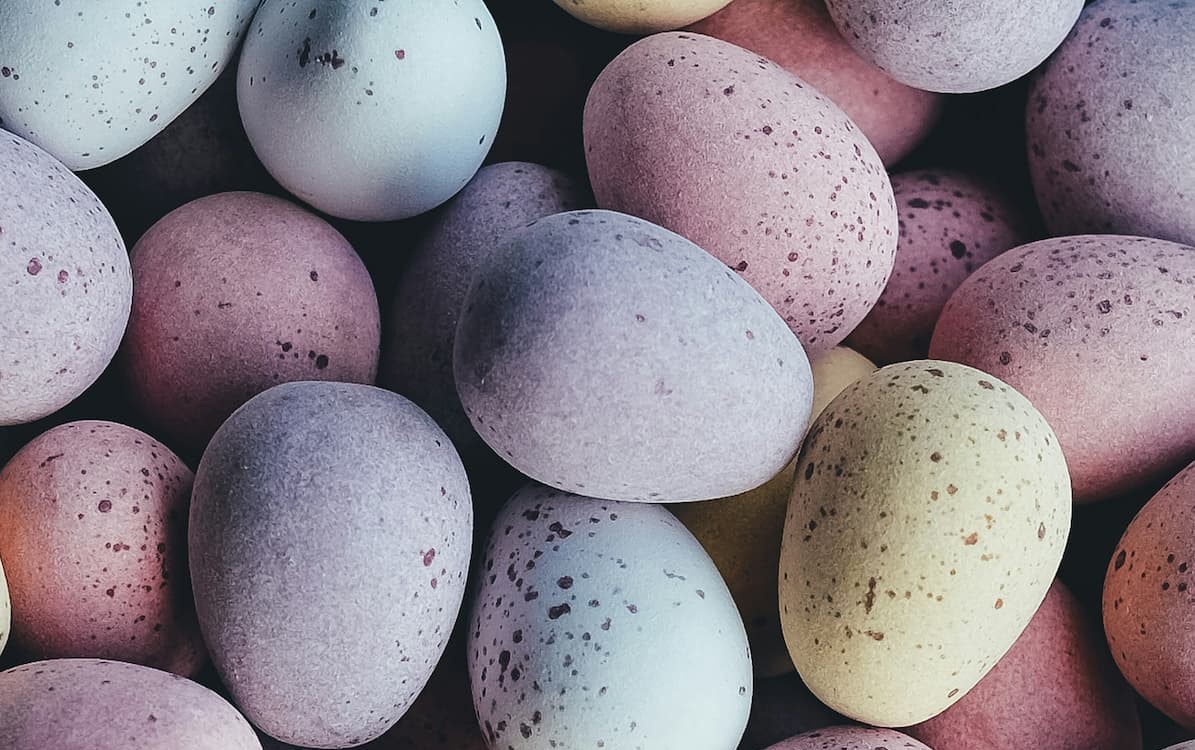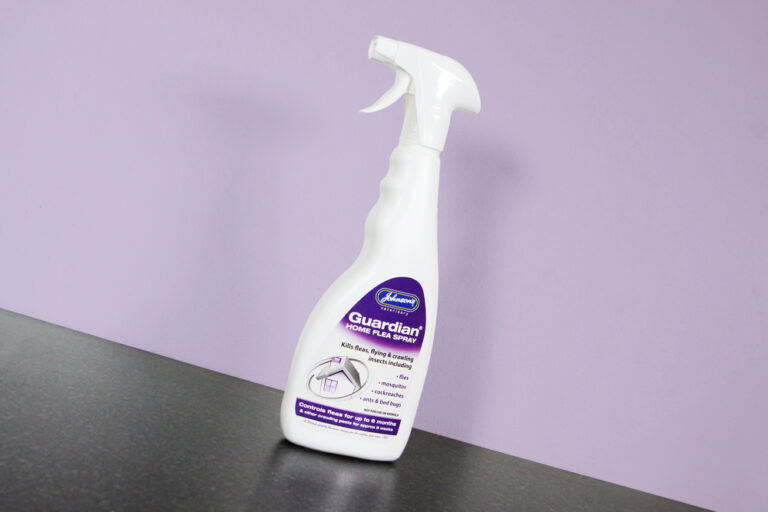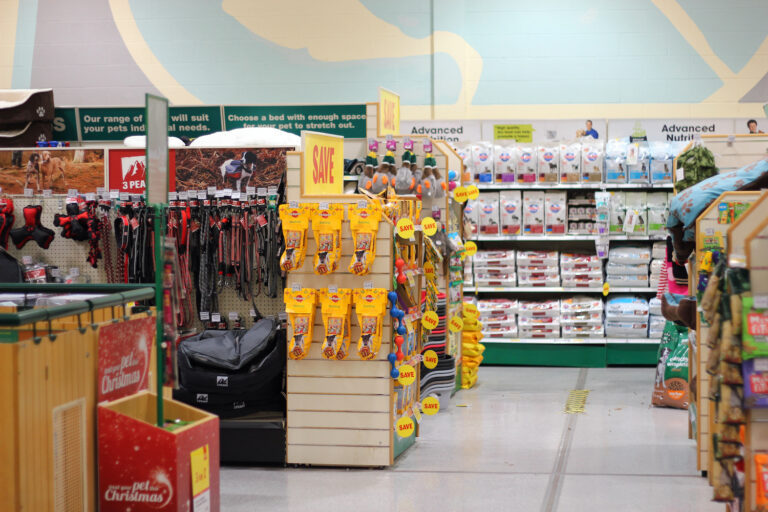You may have noticed your local supermarket stacked to the brim with Easter themed chocolate and seasonal confectionary, or maybe you’ve been gifted a selection of Easter eggs and treats. While it’s tempting to share these sweet treats with your pets, you must refrain from feeding them chocolate.
Cocoa-based products are not designed for animals because they contain a toxic chemical called theobromine – the principal alkaloid of the cocoa bean. Humans can easily digest and excrete this component (2-3 hours half-life), unlike pets where absorption is much slower (about 18 hours half-life). Theobromine primarily affects animals nervous, cardiovascular and respiratory systems, making it harder for their bodies to break down the methylxanthines.
Not every type of chocolate contains the same amount of theobromine. You’ll typically find the more natural forms of cocoa have the highest concentration levels, such as cocoa powder (20 mg/g) and dark chocolate (15 mg/g). Milk and white chocolate have much lower theobromine concentrations (2 mg/g and 0.1 mg/g) because there are more sugar, butter and milk additives and less cocoa solids. Although these measurements sound harmless, it takes less than 100g of plain chocolate to leave smaller pets in a critical state.
If your pet accidentally steals a little bit of chocolate without you knowing, it’s likely they will experience stomach pains, vomiting or diarrhoea relatively soon after. Ingesting larger quantities, however, takes more serious effect and often requires emergency veterinary care. It can take several days for pets to recover from chocolate poisoning, even after seeking medical assistance.
There is no standardised response to chocolate poisoning as such. What is fatal to your pet all depends on the amount of chocolate consumed, the cocoa product and the type of animal. However, what we can ensure is that we do our best to make pet owners aware of the dangers and what to do if accident strikes. There is no better time to do so as we pre-empt the influx of Easter treats and chocolate egg hunts this March and April.
What animals can eat chocolate?
Are there any pets that can eat chocolate?
Rats and mice are the closest to humans when it comes to metabolising theobromine and eating chocolate safely. Be mindful that they are a lot smaller than we are, and the recommended portion size for us is far too much for their little bodies to digest.
Although rats are able to survive a larger dose of theobromine than most pets, there is still a lethal dose. Generally, they would have to eat 150g worth (equivalent to a big chocolate bar) of chocolate to reach dangerous toxicity levels. This does differ slightly depending on the size of the animal and the cocoa-based product consumed. Larger rats can handle higher dosages of theobromine without falling ill and there are certain chocolaty goods that are more threatening than others.
Instead, you can find plenty of tasty treats in your local pet shop which also help to promote the health of your rat or mouse. Our Fruity Sticks for small pets would be a hearty addition to their diet – a complimentary blend of dried fruits and nutritious cereals and nuts for extra protein and fibre.
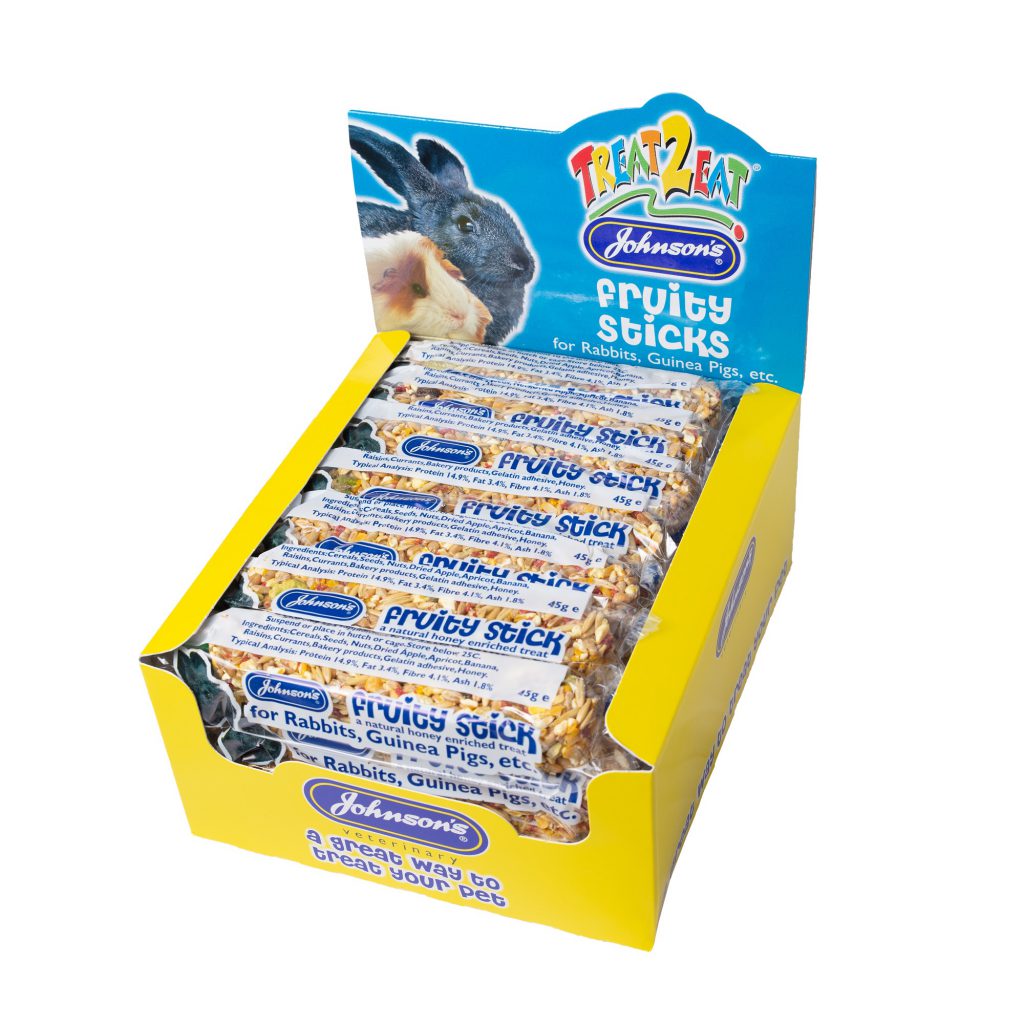
Can rabbits eat chocolate?
Despite being the folkloric figure and symbol of Easter, you should not feed your bunny chocolate. The theobromine and caffeine content found in cocoa products is highly toxic to rabbits and it can seriously harm them.
Rabbits have a specialised digestive system which allows them to process the nutrients and fibre in their herbivore diet in a range of environments. Chocolate is considered a poison to rabbits and can quickly upset this bodily system as a result. When a lot of it is consumed at once, theobromine can build up to toxic concentrations and potentially cause multi-organ disease and failure if not treated properly.
Aside from the toxins, the fat and sugar found in most sweets and chocolate is dangerous to rabbits alone. It can create a severe imbalance in the intestinal tract, capable of causing stasis, anorexia and, eventually, liver disease.
We understand the bunny-inspired Easter treats may be misleading, but chocolate is not made for these furry friends and has no place in their diet!
What should I do if my rabbit eats chocolate?
If your Rabbit ingests a small amount of chocolate and nothing seems to appear wrong with them, it’s possible they didn’t eat enough to cause disease. The more serious reactions arise when larger quantities are in the equation. This calls for an emergency trip to the vet so they can analyse your bunny’s condition and begin the necessary treatment as soon as possible.
Can cats eat chocolate?
On average, the UK’s total annual chocolate consumption is approximately 536,000 tonnes. Whilst it’s clearly a food that’s well loved by humans, it has a negative effect on cats and kittens.
As with the previous animals discussed, cats cannot process theobromine. It acts as a stimulant to increase their heart rate and a diuretic to surge the loss of bodily fluids. It remains in their bloodstream for long periods of time which is how it accumulates to such dangerous levels so quickly.
Fortunately, our feline friends are unable to taste sweetness in the same way that humans and other mammals do. This works in favour of cat parents because their fur babies are less likely to try chocolate since they can’t reap its full benefits. For safety reasons, we recommend storing your chocolate in places where your cat can’t access, just in case they get curious when you’re not paying attention.
What to do if my cat eats chocolate
If your cat has consumed any form of chocolate, look out for the following symptoms:
- Vomiting and sickness
- Excessive urination
- Diarrhoea
- Seizures
- Irregular heartbeat
The symptoms your pet shows might differ from these slightly and they should only be used as a guideline. How severe the symptoms appear completely depends on the size of your cat and the amount of chocolate they have eaten.
If you know your cat has eaten chocolate, don’t wait for the signs of poisoning to appear. You should seek veterinary advice immediately and let a professional assess their state and next steps for recovery.
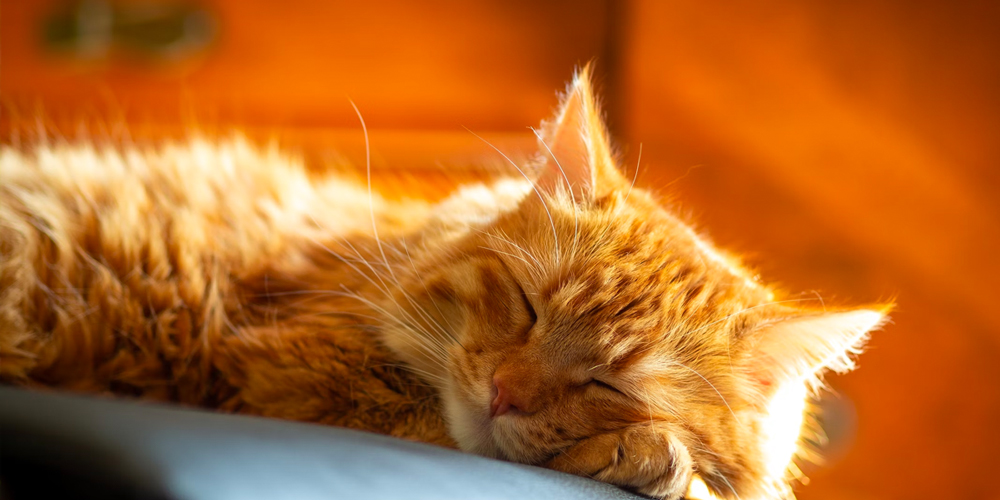
Can dogs eat chocolate?
Most dog owners are probably aware that chocolate is dangerous to their pet, but what is the reason behind this?
Theobromine and caffeine, both of which are present in cocoa-based products, are very toxic to dogs. These chemicals speed up their heart rate and stimulate their nervous system, which can result in illness when large amounts of it are consumed. Because dogs process theobromine as a stimulant, they have a hard time metabolising it and are very sensitive to its effects. Older dogs and dogs with pre-existing heart conditions are very vulnerable and more at risk of sudden death.
Statistics released by the Kennel Club suggest that chocolate poisoning in dogs doubles during the Easter period, featuring a 123% case increase in April compared to every other time year (minus Christmas). We need data like this to reminds us to be extra vigilant of the Easter dangers and the importance of storing your family’s chocolate in a safe space.
What to do if your dog eats chocolate
You should contact your vet as soon as you know your dog has eaten chocolate. It will help them judge the level of emergency beforehand if you can provide information about the circumstance too – like how much chocolate they have eaten, the type of chocolate and how long ago it happened. Any product packaging or remains are also a good indication into the severity, so it’s worth bringing these along to the appointment if you have them to hand.
Not every dog will react to food poisoning in the same way and it’s impossible to predict the effects. Some pets experience less symptoms, whereas others need immediate treatment to survive.
Unfortunately, there is no medicinal cure to theobromine. There’s usually a controlled process your vet will follow to make your dog vomit, flush out their stomach and absorb any theobromine remaining in the intestine. Please do not attempt to make your dog vomit yourself, this should only be done by a licensed professional who can execute it safely. You could make matters worse if you try without having the knowledge and experience to do it correctly.
Even if your pet doesn’t show any signs of chocolate poisoning, you should seek advice from your vet at the very least. It’s extremely common for the reaction to occur hours or days after initial ingestion, and by then it could be too late. It’s always best to avoid leaving chocolate around your dog to prevent any accidents.
What can I give my pet as a treat instead of chocolate?
Your pet deserves a treat every once in a while, maybe to reward good behaviour or as a healthy snack in between mealtimes. But there are much safer options than chocolate.
Dogs:
Nearly all dogs love treats, and many enjoy doing easy tricks to earn food or solving food puzzles to earn an extra snack. Here at Johnson’s, we love toys that can be filled with treats or dog safe food.
You can also treat your dog to selected fruits and vegetables as a healthy occasional treat, dogs love the crunch of apples and carrots! Here’s some great tips from the Kennel Club on giving your dog healthy snacks and treats.
Cats:
If your cat takes an interest in human food, here are some examples you can share with them:
- Fruits – apples, bananas, pears, watermelon to list a few. Just ensure you remove any seeds or stems before giving it to your pet as they can be harmful.
- Vegetables – cats struggle to digest some vegetables, but the right ones can be a healthy addition to their meals. Carrots, green beans and cucumber cut into small pieces provide your pet with additional vitamins, minerals and water. Cats are known carnivores so may turn their nose up and fruit and veg so don’t be offended if your moggy isn’t keen.
- Plain, unsweetened yoghurt – most cats are lactose intolerant and therefore struggle to break down dairy properly. This however is an exception, as the fermented bacteria makes the lactose more digestible for them.
Although it’s not food, our Catnip concentrated spray can excite your kitty through the dried leaves of the Catmint plant. It can be applied to cat bedding, toys, scratching posts and other furnishings to deter destructive behaviour in a pleasant way for your pet.
Small furries:
The best treats for small pets are similar to what they would eat in the wild. Fresh fruit, like berries, is a great way to switch up your pet’s diet whilst promoting their health. However, we advise you steer clear from citrus fruits like oranges, limes and lemons because the high acid content can cause stomach problems.
Rinsed vegetables like carrots, broccoli, cauliflower and other greens also help contribute to a nutrient dense diet. It’s important when you feed your pet these foods that you cut them into small pieces to avoid choking and help with digestion. They only need a tiny portion to reap these super-food benefits because of their size. The Johnsons Veggie Biscuits are also an ideal treat for your little furries, they’ll enjoy a tasty crunch and enjoy carrot and spinach flavours.



